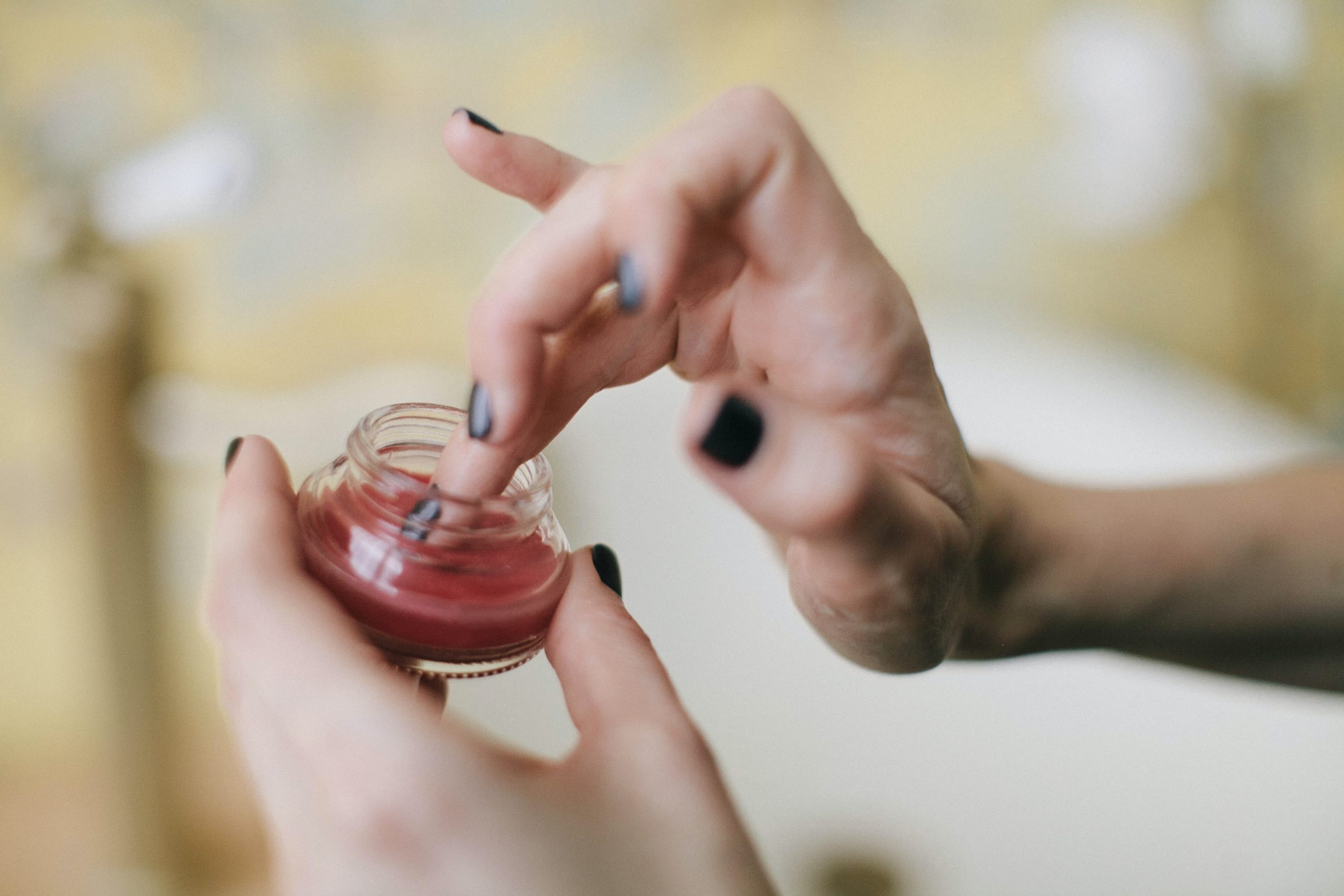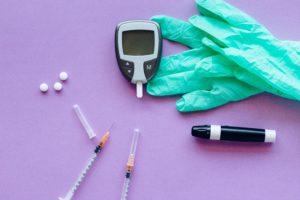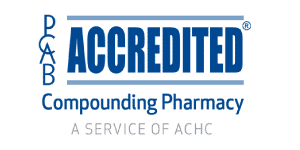What is Compounding?
Compounding can be defined as the process of making medicine from scratch by mixing different types of ingredients together. The compounding pharmacist in consultation with your doctor combines several basic ingredients to create a brand-new formula that is tailored made for your illness.
What Are Compounded Creams?
Compound creams are made by combining several ingredients together. It is directly applied to the affected area of the skin. Compound creams help in reducing pain and swelling, skin irritation, or reduce symptoms of certain systemic diseases.
They can be used exclusively for the treatment of local skin diseases such as psoriasis or used indirectly in the treatment of menopause.
What are the Benefits of Compounded Creams?
There are many benefits of using compounded creams especially in the treatment of skin-related conditions. For example, compared to oral or inhaled medications, face creams are more effective in treating local skin-related problems like sunburn or skin diseases.
Let us look at the major benefits of using compounded creams:
1. Ability to Combine Medications:
Compounding pharmacists usually mix multiple drugs into the same topical cream which makes it easier to comply with multilateral treatment plans. Patients don’t have to apply multiple creams at different times of the day, instead, they can use one cream with multiple ingredients.
2. Avoid First Pass Metabolism (FPM):
First Pass Metabolism (FPM) can be avoided by using topical creams. FPM refers to the fact that the human body must process certain drugs or medication through the liver before it becomes effective. Avoiding FPM in your medication can reduce the risk of serious liver complications in the future.
3. Improve Usability
The use of topical compounded creams can improve patient compliance, wherein the patient follows the prescribed and dispensed regimen as prescribed by the doctor. The patient’s non-compliance is often one of the prime reasons for treatment failure. This is especially true for patients who are anxious or stressed because they anticipate that oral or injected medications will have unwanted side effects, such as nausea or dizziness. Creams often don’t have any side effects and it’s very easy to apply in the affected area. Compounded creams help doctors to customize the ingredients and dosage of the medication.
4. Improve Effectiveness
Sometimes, the combination of ingredients has little to do with convenience and more to do with the effectiveness of the treatment. For example, topical analgesics may contain both anesthetic agents to relieve pain and anti-inflammatory agents to relieve muscle spasms and edema. Other formulas may contain both steroids and antibiotics to reduce inflammation and treat infections. Thus, making compounded creams more effective than other commercially available creams
How Compounded Creams Are Made?
One of the most common formula requirements is the ingredients of the cream. To make the cream, the compounding pharmacist combines several inactive and active ingredients which are FDA approved. The exact ingredients depend on the needs of the individual for whom the customized cream is made. The compounding pharmacist at VIOS consults with your physician who in turn assesses your body and prescribes the ingredients and dosage.
Let us look at the step-by-step process of making compounded creams:
Step 1:
First, the compounding pharmacist or technician will collect all the materials needed to formulate the medicine. For creams, this is usually around 2-3 active ingredients.
Step 2:
The technician then begins to weigh the exact amount or quantity of active ingredients needed for the formulation.
Step 3:
After weighing all the ingredients, they are combined with mortar and pestle. Then a geometric dilution process is initiated wherein small and equal quantities of powder are combined one by one to ensure that all the powders are equally and evenly distributed.
Step 4:
After all the powders are combined, the technician mixes them with the cream base and wetting agent in an unguator jar, then connects the unguator jar to an Unguator machine (a machine that thoroughly mixes the cream) and stirs it for about five minutes.
Step 5:
The cream in the Unguator jar is removed and transferred to a topi-click dispenser. The compounding pharmacist thoroughly checks and labels it, after which it is available for patient’s use.





